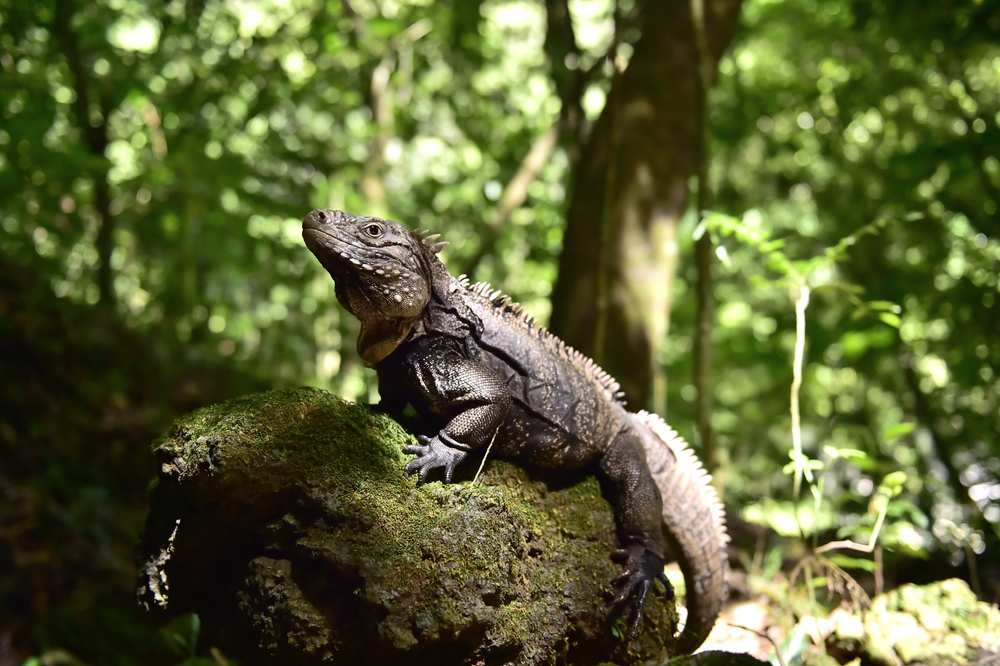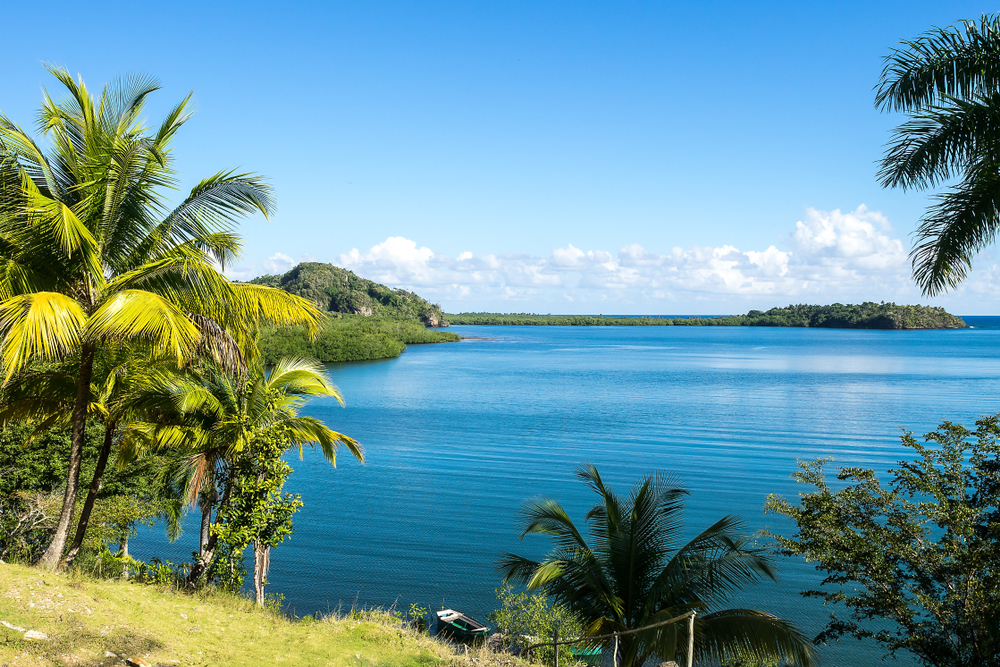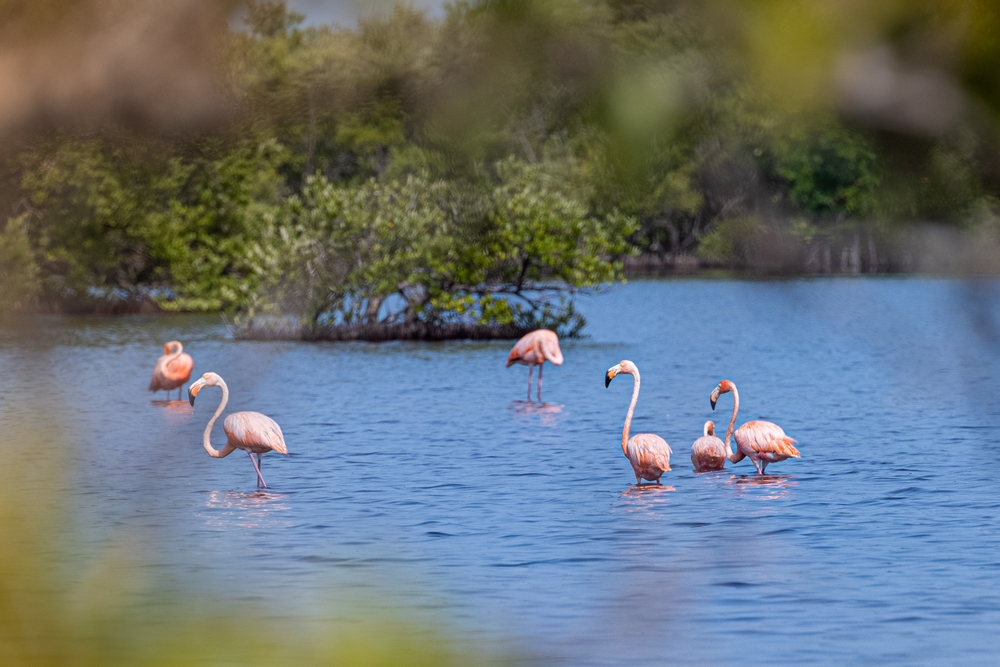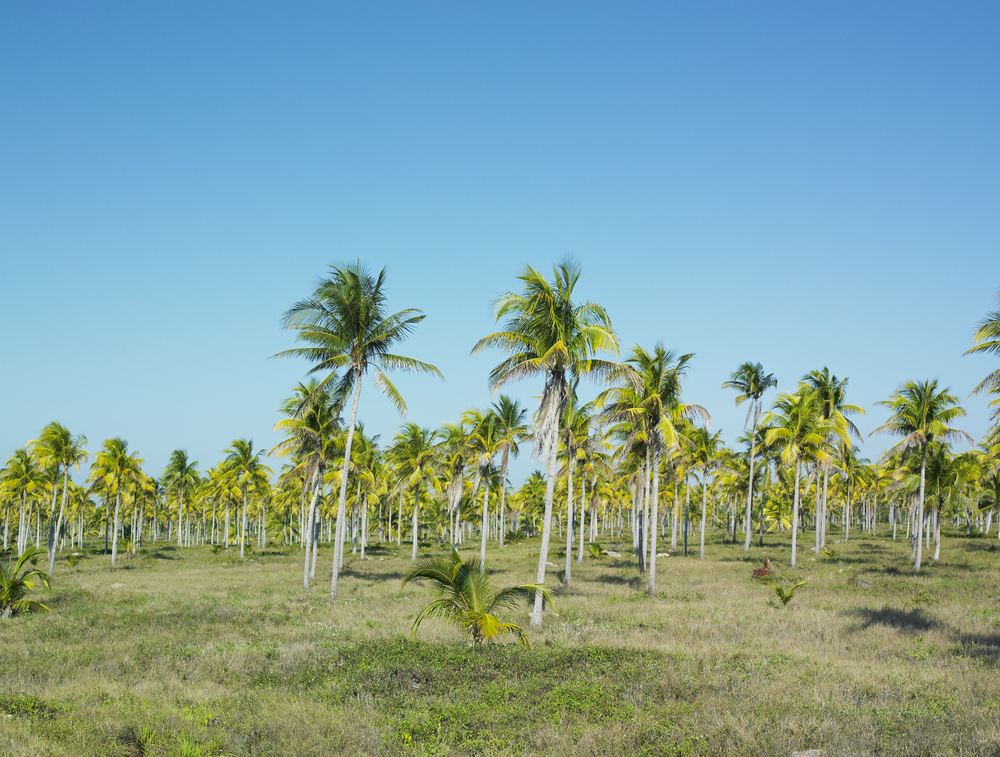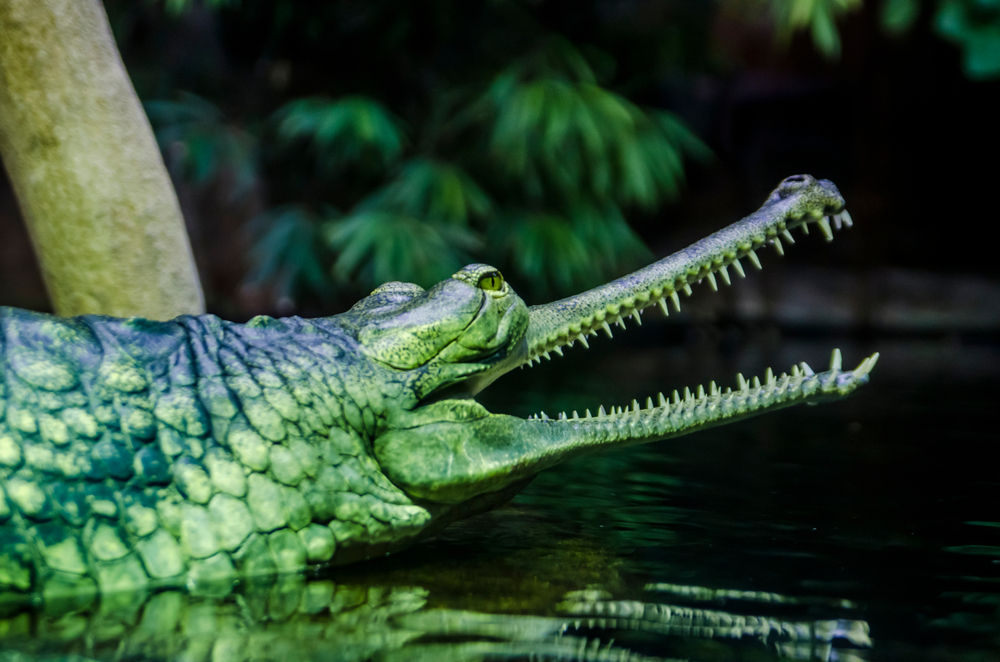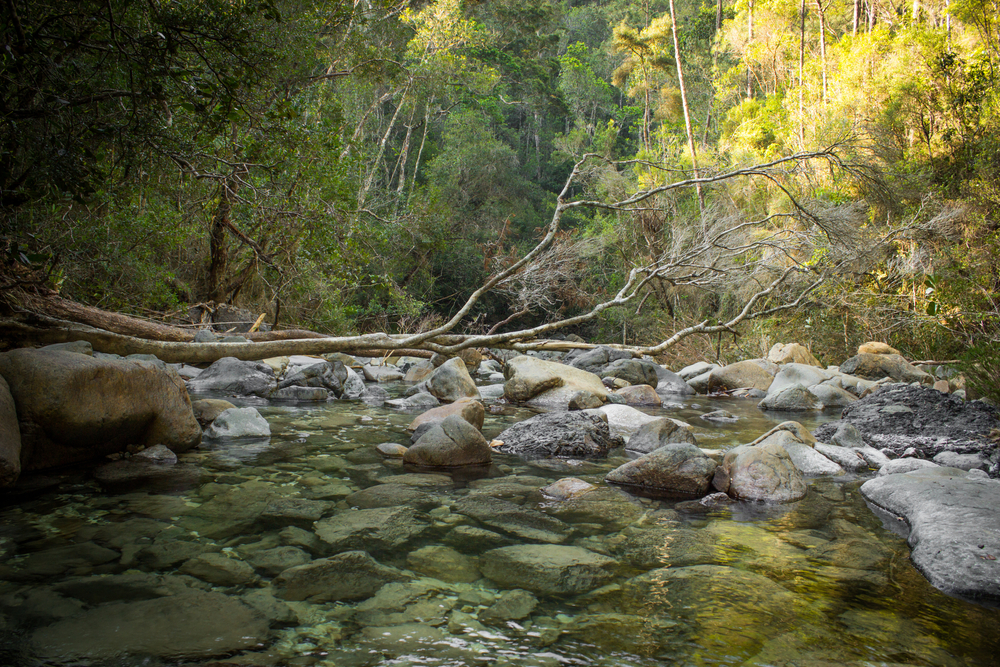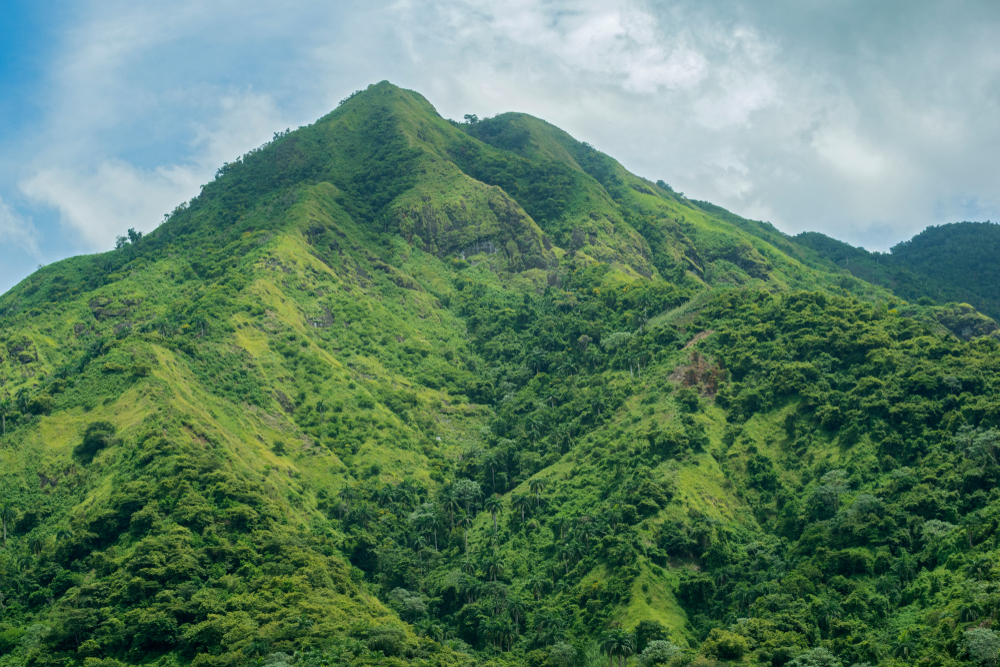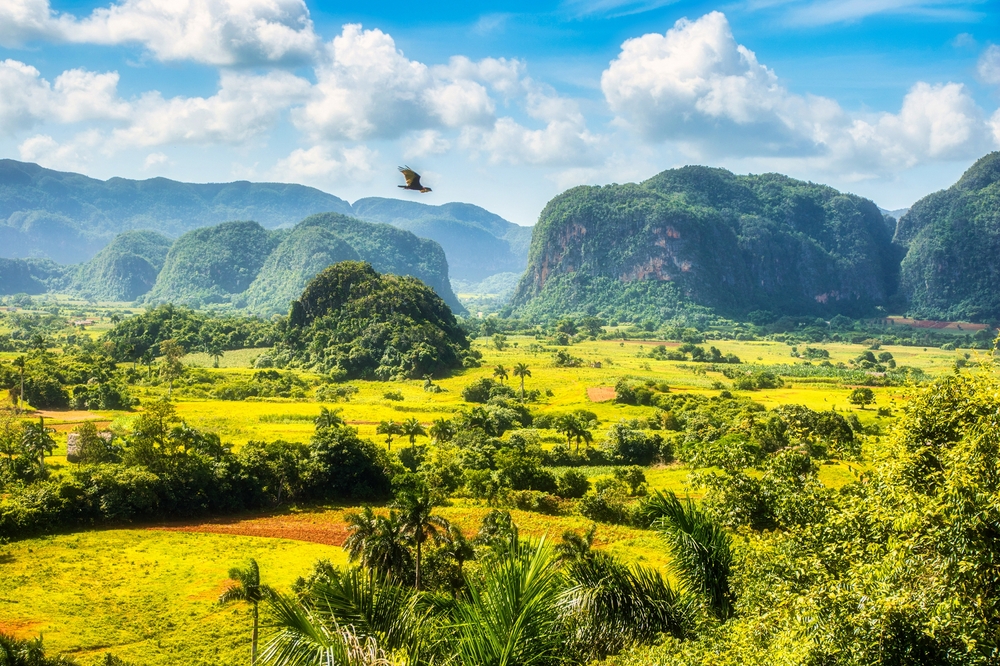Caguanes Overview
Caguanes National Park, or Parque Nacional Caguanes in Spanish, is a protected area located in the northern region of Cuba, specifically within the Yaguajay municipality of Sancti Spíritus Province.
The park covers approximately 78.5 square miles (203 square kilometers) and forms part of the Buenavista Biosphere Reserve. It is known for its unique karst landscape, extensive cave systems, diverse coastal ecosystems, and important archaeological sites. Situated along the northern coast of Cuba, Caguanes National Park features a blend of marine, coastal, and terrestrial environments that support an impressive variety of plant and animal species.
The terrain of Caguanes National Park is dominated by limestone formations, extensive mangrove forests, and a network of caves, some of which hold significant pre-Columbian rock art. The park’s caves, particularly those on the Caguanes Archipelago, are among its most remarkable features, with over 70 caves that contain petroglyphs and artifacts left behind by early indigenous inhabitants.
The coastal environment includes lagoons, cays, and wetlands, providing a vital habitat for migratory birds and marine life. The vegetation is highly diverse, with mangroves, coastal shrubs, and semi-deciduous forests covering much of the park. The rich plant life supports a variety of wildlife, making the park a crucial conservation area.
Caguanes National Park is home to an impressive range of wildlife, with a mix of terrestrial, marine, and bird species. Among the mammals found in the park, the Cuban hutia (Capromys pilorides), an endemic rodent, is one of the most notable. Reptiles such as the Cuban rock iguana and various species of sea turtles inhabit the coastal areas.
The park is also an important sanctuary for birdlife, including species such as the Cuban trogon (Priotelus temnurus), which is Cuba’s national bird, as well as flamingos, herons, and pelicans. The wetlands and lagoons serve as key stopover points for migratory birds, enhancing the park’s significance as a birdwatching destination. The marine life in the park is equally diverse, with coral reefs, seagrass beds, and an array of fish species thriving in the surrounding waters.
One of the park’s most popular features is its extensive cave system, which attracts visitors interested in history and archaeology. The caves not only offer a glimpse into Cuba’s indigenous past but also serve as a habitat for bats and other unique cave-dwelling creatures. The Caguanes Archipelago, consisting of small cays and islets, is another key attraction, drawing nature lovers and marine enthusiasts.
The park’s wetlands and coastal areas provide excellent opportunities for kayaking, birdwatching, and ecological tours. Visitors can also explore the mangrove forests, where guided boat trips reveal the rich biodiversity of the region. Snorkeling and diving around the coral reefs allow for an up-close experience with Cuba’s marine ecosystems.
Caguanes National Park faces several conservation challenges, including habitat degradation due to climate change, rising sea levels, and human impact on fragile ecosystems. The mangroves and coastal areas are particularly vulnerable to erosion and extreme weather events, which threaten the habitats of key species.
However, conservation efforts within the Buenavista Biosphere Reserve have helped manage and protect the park’s ecosystems. Restoration projects and sustainable tourism initiatives aim to balance visitor engagement with environmental preservation, ensuring that Caguanes remains a haven for wildlife and cultural heritage.
The Cuban government, along with international conservation organizations, continues to implement strategies to protect the park’s biodiversity while promoting responsible tourism and ecological education.








































































